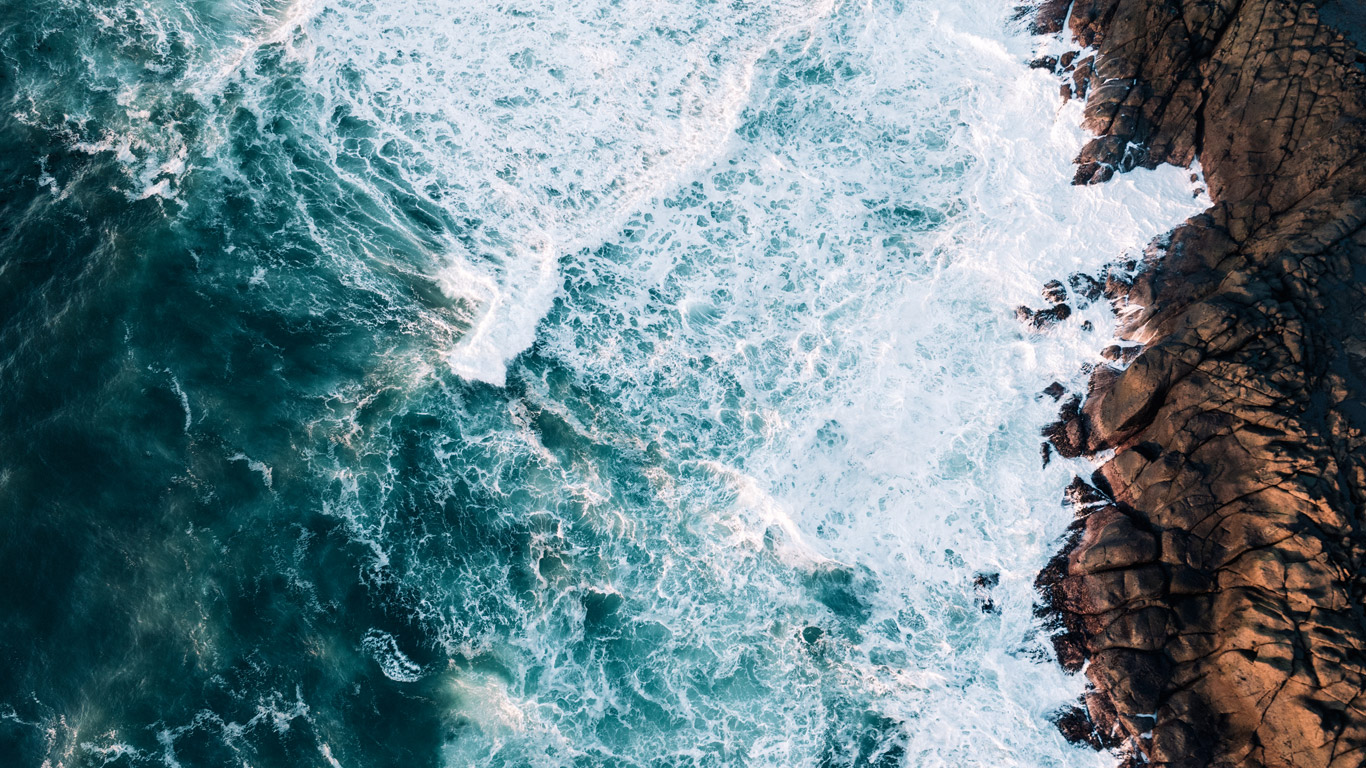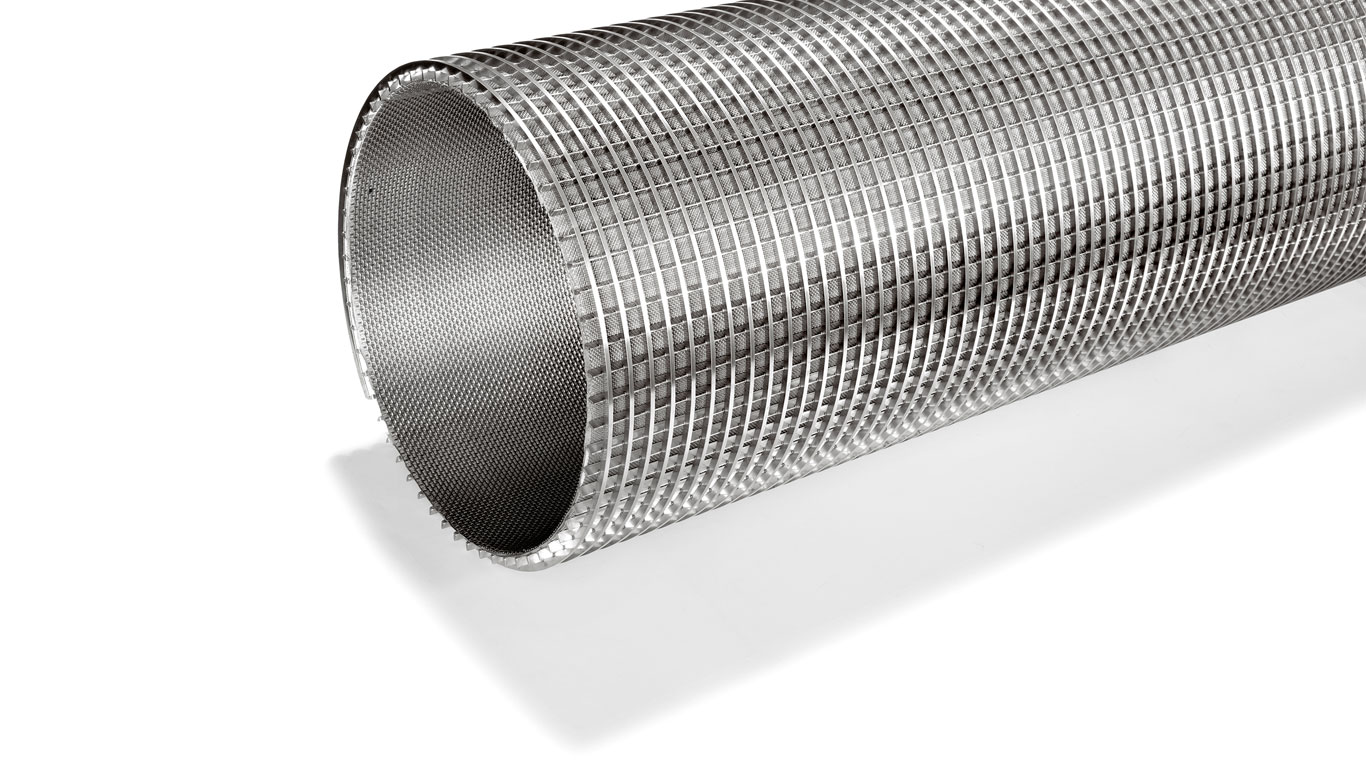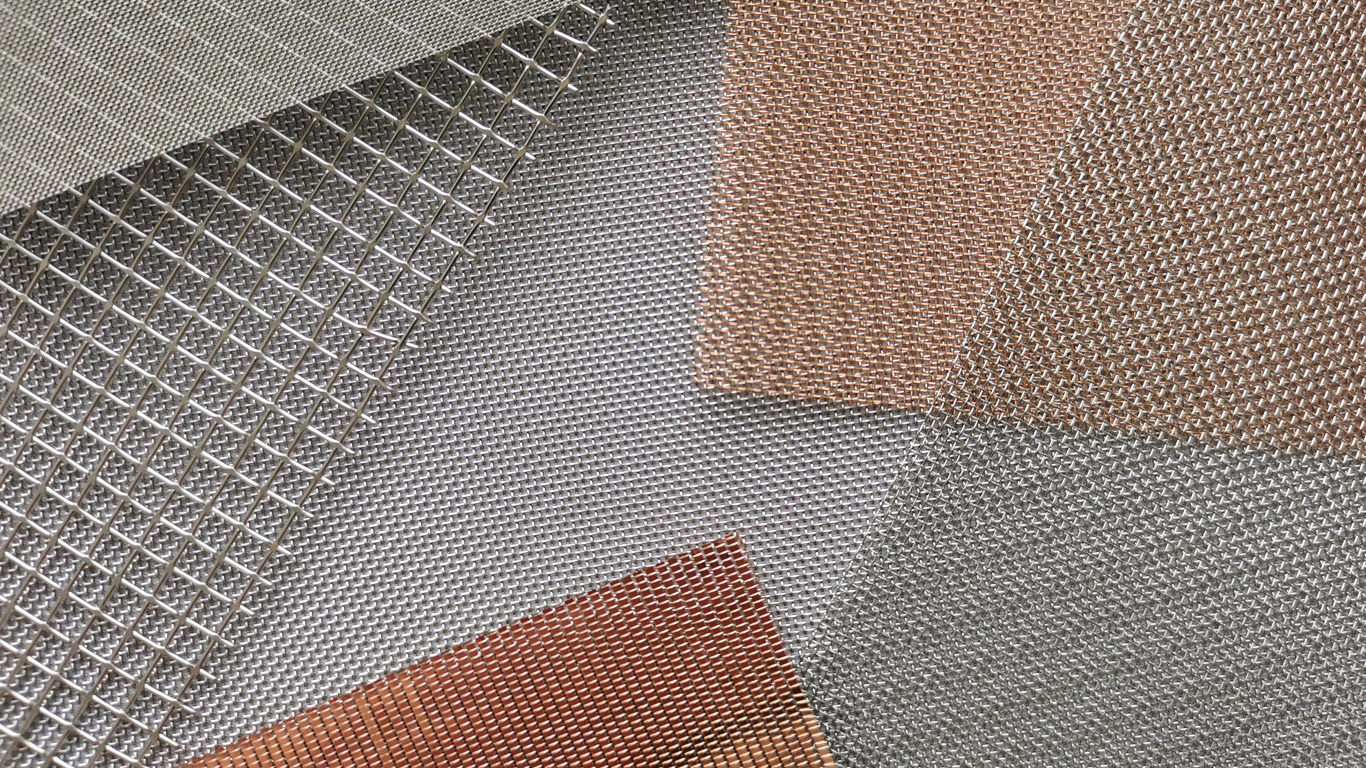Seawater treatment with corrosion-resistant wire mesh
Automatic filters for ballast water treatment and seawater desalination
Seawater is one of the Earth’s most abundant natural resources. To harness it sustainably, advanced seawater treatment technologies are becoming increasingly vital. While seawater desalination helps meet the world’s growing need for drinking water, ballast water treatment on cargo ships protects marine ecosystems from invasive species.
Seawater desalination is a key process for addressing global water scarcity. Especially drinking and industrial process water. Reverse osmosis (RO) is one of the most effective and widely used methods, relying heavily on membrane performance.
Wire mesh filter elements are installed upstream of RO membranes to remove fine particles (as small as 5 µm) from pretreated seawater or brackish water. This prevents membrane fouling and clogging, significantly extending service life and reducing energy consumption and maintenance costs.
Partially loaded ships use ballast water (seawater stored in tanks) to maintain stability. However, this water often contains organisms that pose ecological and economic risks when released into foreign marine environments.
To address this, the International Maritime Organization (IMO) introduced the Ballast Water Management Convention. It mandates strict discharge limits for newly built vessels:
- Fewer than 10 viable organisms > 50 µm per m³ of water
- Fewer than 10 viable organisms between 10 µm and 50 µm per milliliter
Automatic filters for seawater treatment
Stable differential pressure, long-term performance
In both ballast water systems (BWMS) and desalination plants, automatic filters are increasingly used as a pre-filtration step. These filters rely on mechanical self-cleaning methods such as rotating brushes, suction mechanisms, or backflushing to maintain stable differential pressure. This helps lower energy consumption, extend equipment lifespan, and ensure high water quality.
Multilayer wire mesh filter elements have proven highly effective in these systems.
Depending on the application, optimally layered mesh or mesh laminates provide:
- Reliable retention of particles and organisms
- High flow rates
- Exceptional dirt-holding capacity
The result: Lower operating costs (OPEX) and improved process stability.
The functional properties of metal wire mesh provide clear advantages in extreme environmental conditions and demanding process environments. Each mesh pattern features a precise geometric structure with well-defined pore sizes, materials, and flow characteristics. This ensures consistent filtration performance across the entire surface and allows for flexible integration into various systems. Additionally, metal wire mesh filters are highly regenerable and fully recyclable.
The filter’s flow rate is influenced by factors such as system size, mesh fineness, water pressure, weave type, and the number of support/drainage layers. These variables can be modeled in advance to optimize performance.
The desired separation efficiency dictates the choice of mesh. For high-precision filtration, manufacturers often choose MINIMESH® S-Metal Filter Cloth, which reliably separates particles as small as 5 µm.
Corrosion resistance and weldability are essential in seawater applications. Highly alloyed austenitic stainless steels like Avesta 254 SMO or Hastelloy C 22 are ideal due to their excellent pitting corrosion resistance. Austenitic-ferritic duplex grades also perform well in extreme environments.













































